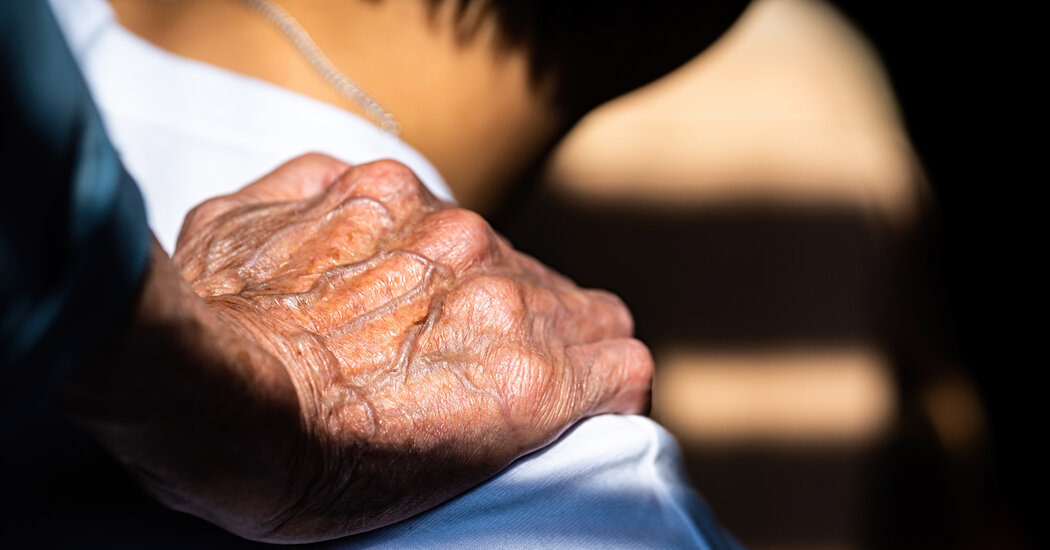
When Surgeon General Vivek Murthy went on a nationwide college tour last fall, he started to hear the same kind of question time and again: How are we supposed to connect with one another when nobody talks anymore?
In an age when participation in community organizations, clubs and religious groups has declined, and more social interaction is happening online instead of in person, some young people are reporting levels of loneliness that, in past decades, were typically associated with older adults.
It’s one of the many reasons loneliness has become a problem at both the beginning and end of our life span. In a study published last Tuesday in the journal Psychological Science, researchers found that loneliness follows a U-shaped curve: Starting from young adulthood, self-reported loneliness tends to decline as people approach midlife only to rise again after the age of 60, becoming especially pronounced by around age 80.
While anyone can experience loneliness, including middle-aged adults, people in midlife may feel more socially connected than other age groups because they are often interacting with co-workers, a spouse, children and others in their community — and these relationships may feel stable and satisfying, said Eileen K. Graham, an associate professor of medical social sciences at the Northwestern University Feinberg School of Medicine and the lead author of the study.
As people get older, those opportunities can “start to fall away,” she said. In the study, which looked at data waves spanning several decades, starting as early as the 1980s and ending as late as 2018, participants at either end of the age spectrum were more likely to agree with statements such as: “I miss having people around me” or “My social relationships are superficial.”
“We have social muscles just like we have physical muscles,” Dr. Murthy said. “And those social muscles weaken when we don’t use them.”
